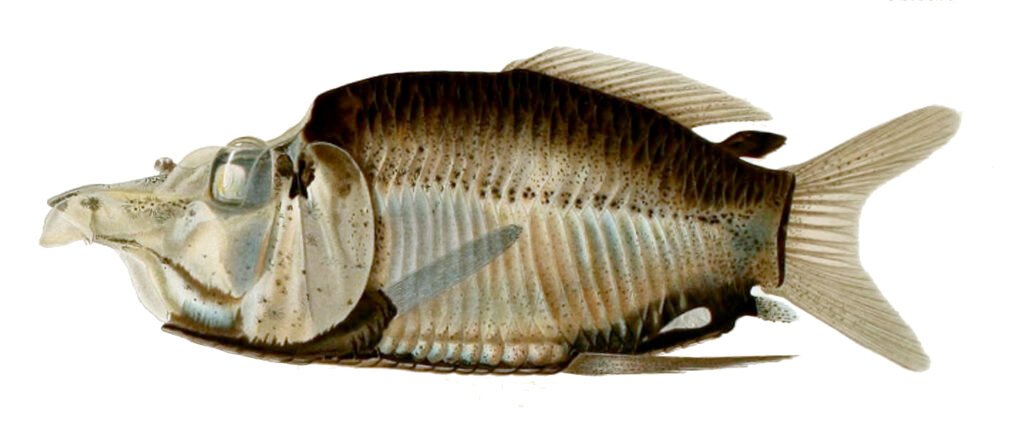Imagine plunging into the cool, shadowy mouth of a cave in the heart of the Philippines. The air hangs heavy with mystery, alive with the soft rustle of unseen wings and the distant drip of ancient water. Beneath your feet, a world untouched by sunlight sprawls, teeming with creatures and secrets so strange they almost seem magical. The karst caves of the Philippines are not just holes in the ground—they’re living, breathing ecosystems, home to some of the world’s most bizarre and captivating inhabitants. Let’s journey into this hidden world and discover the astonishing biodiversity that thrives far from the sun’s reach.
Karst Caves: Nature’s Secret Labyrinths
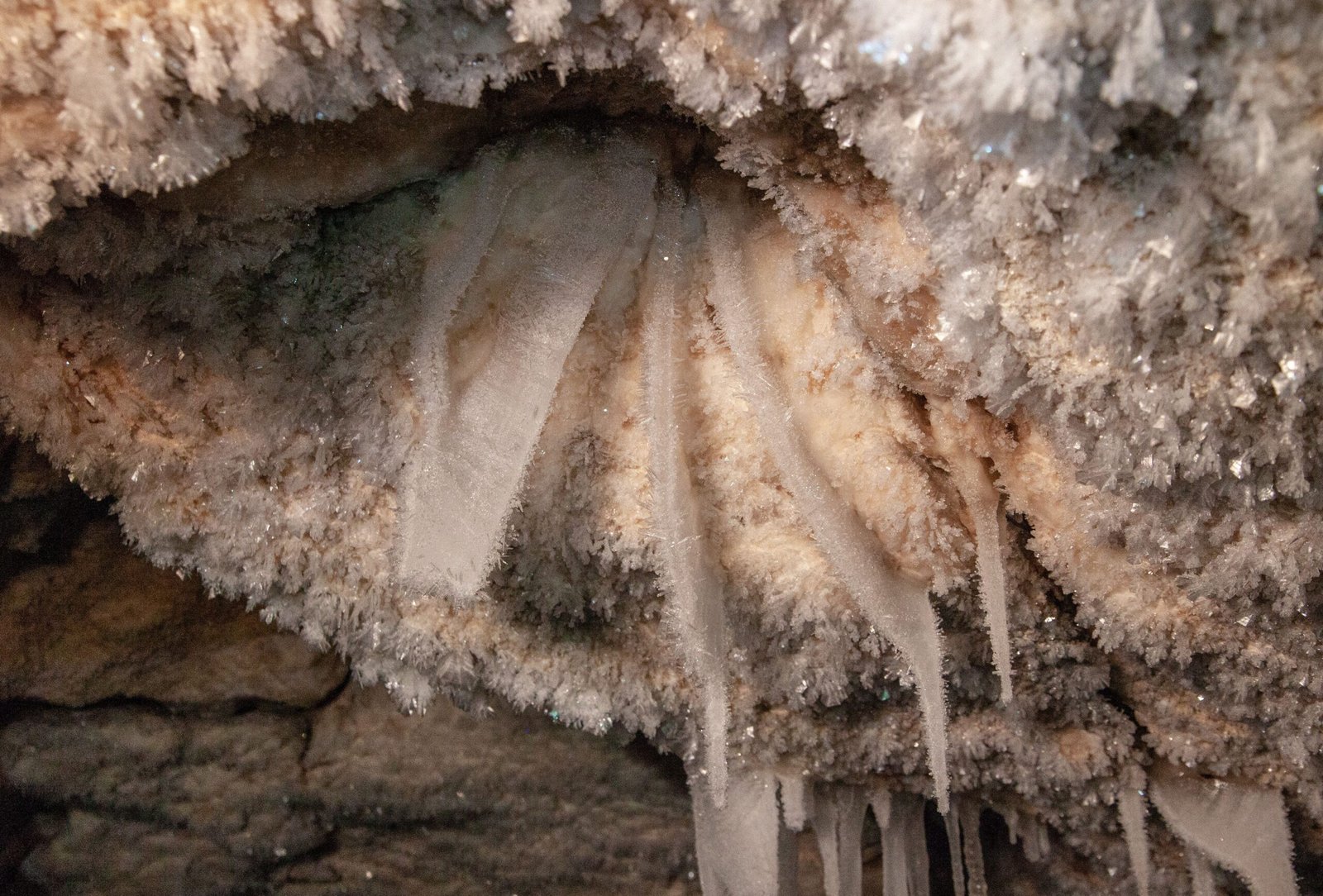
Karst caves are formed over thousands, sometimes millions, of years as rainwater dissolves soft limestone, carving out twisting passages and grand chambers. In the Philippines, these caves are especially abundant, thanks to the country’s geology and tropical rains. Wandering through a karst cave feels like stepping into another planet—stalactites drip from above like fangs, and hidden pools gleam in the dark. These caves aren’t just fascinating to look at; they’re also crucial habitats that support complex webs of life found nowhere else. Each cave tells a story written in stone, water, and the creatures that call it home.
The Philippines: A Hotspot for Cave Diversity
The Philippine archipelago is a wonderland for cave explorers and scientists alike. With over 1,500 documented caves scattered across its islands, the region is recognized as a global biodiversity hotspot. Many of these caves remain unexplored, hiding species that have never been seen or named. The combination of climate, unique geology, and isolation has allowed extraordinary forms of life to evolve here. From tiny, blind insects to rare bats, these caves are nature’s vaults of biological treasures waiting to be discovered.
The Unsung Architects: Bats in Philippine Caves
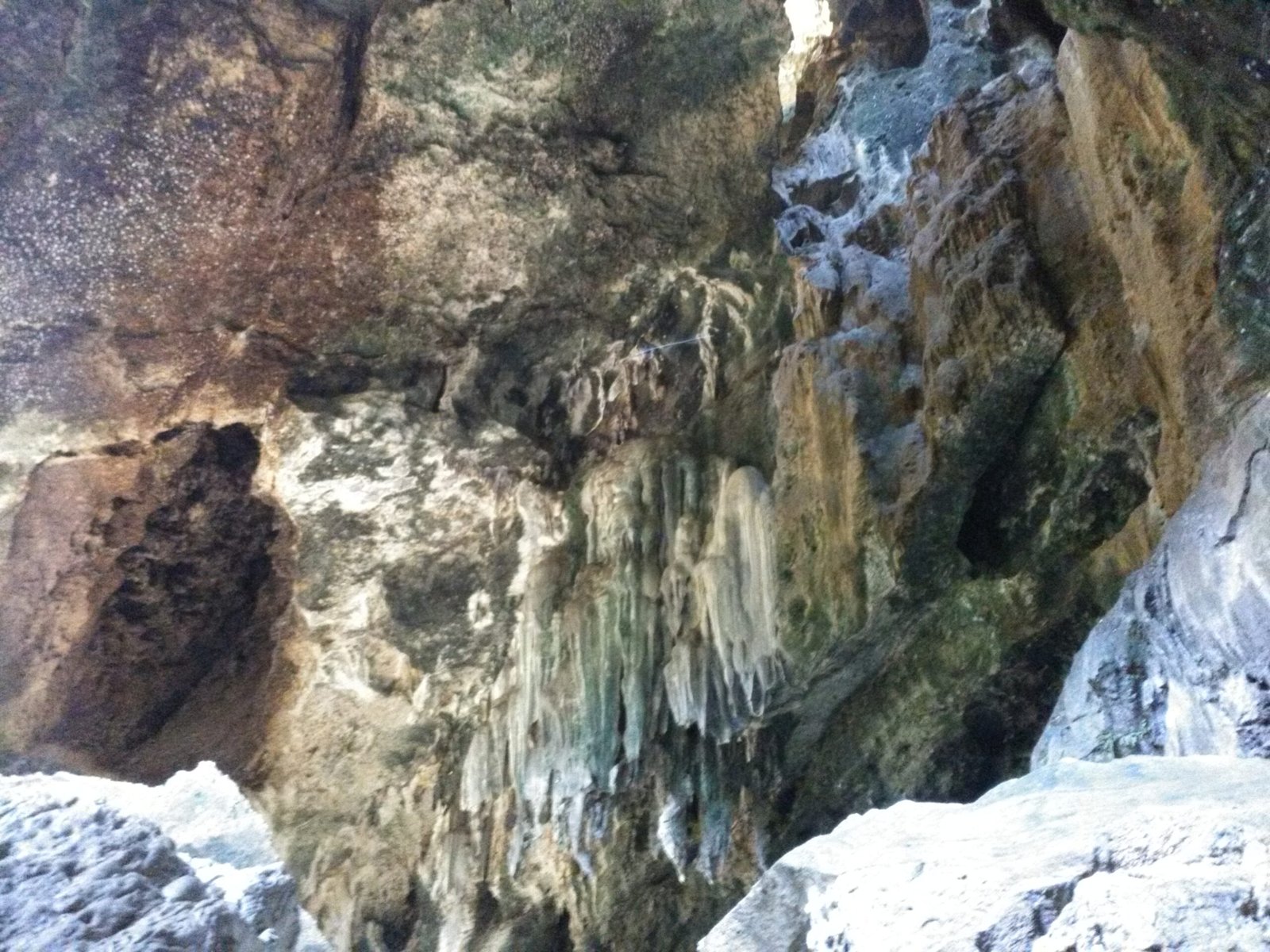
Step quietly into any Philippine cave at dusk, and you’ll witness an awe-inspiring exodus: thousands of bats streaming out in search of food. These bats aren’t just cave residents—they’re the architects of their underground world. Their guano (bat droppings) nourishes entire food chains, feeding insects and even unique fungi. Some bats act as pollinators and pest controllers, shaping the world above ground as well. The Philippines is home to over 70 bat species, including the impressive giant golden-crowned flying fox, the world’s largest bat by wingspan. Their nightly flights are more than spectacle—they’re essential to the health of both cave and forest.
Snakes in the Shadows: Masters of the Dark

Far from the prying eyes of humans, several snake species have adapted to life underground. The Philippine caves are home to mysterious serpents like the reticulated python and cave-dwelling rat snakes. These predators glide silently along rocky ledges, preying on bats, rodents, and even smaller reptiles. Living in near darkness, cave snakes rely on heightened senses—heat detection, vibration sensitivity, and acute smell—to navigate and hunt. Their presence keeps the cave ecosystem in balance, acting as a natural check on populations of prey species.
Blind Wonders: Adaptations to Eternal Night
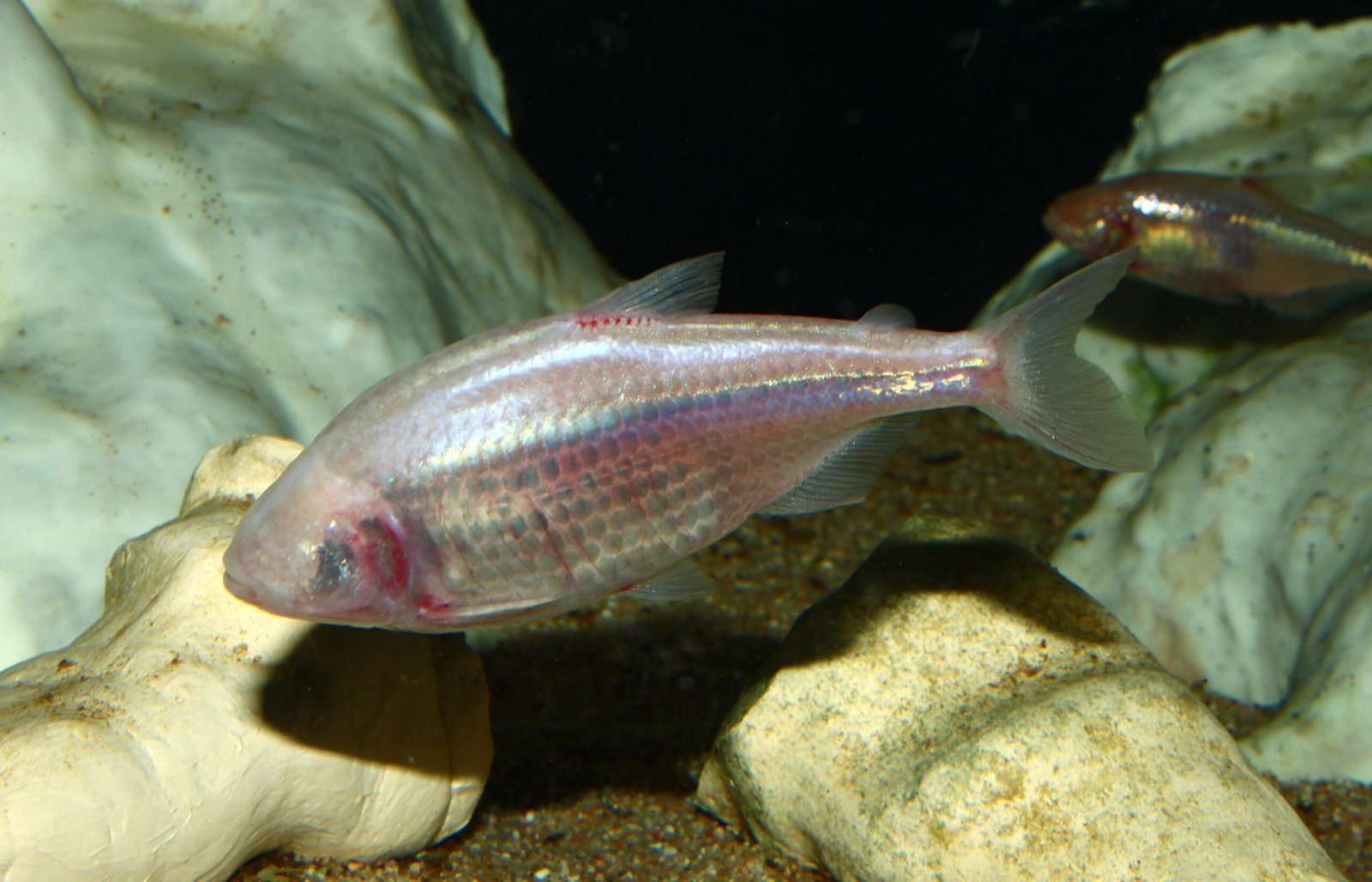
Many cave-dwelling creatures in the Philippines are blind or nearly so. Over generations, these animals have traded eyes for other senses, evolving to survive in pitch-black environments. Blind cavefish, for example, use their lateral lines to sense water movement, while tiny, eyeless crustaceans scuttle through underground streams. Some insects have lost pigmentation entirely, appearing ghostly white. These adaptations are a striking testament to evolution at work, showing how life bends and twists to fit the most extreme environments.
Spiders and Insects: The Tiny Engineers
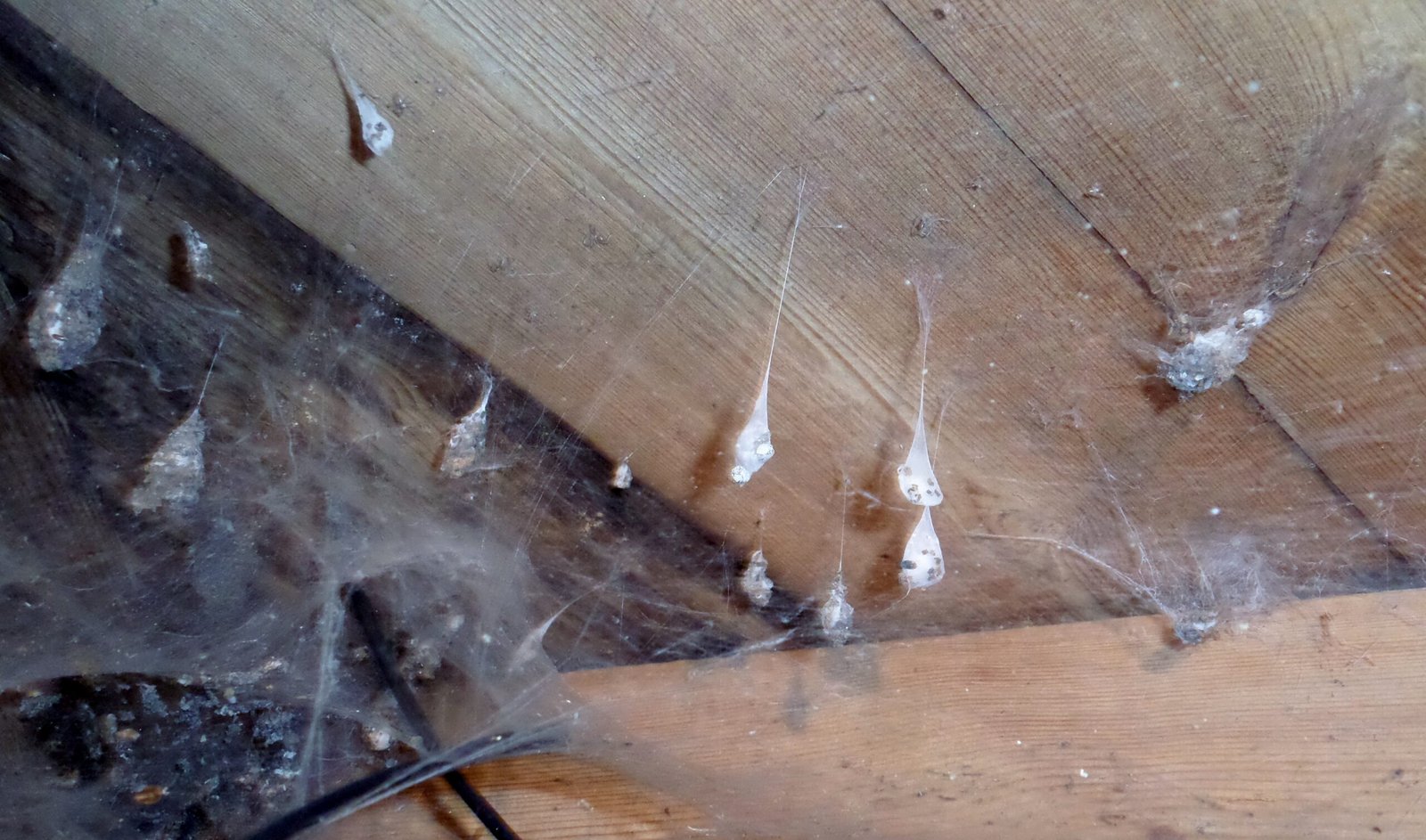
Cave ecosystems wouldn’t survive without their smallest residents. Spiders, beetles, and crickets make up the backbone of the subterranean food web. Some species, like the cave orb-weaver spider, spin webs across cave entrances, catching insects drawn in by the scent of guano. Others, like the troglobitic beetle, are found nowhere else on earth. These tiny engineers recycle nutrients, break down waste, and provide food for larger predators, making them unsung heroes of the deep.
Unique Fungi: Nature’s Underground Alchemists
Fungi thrive in the damp, nutrient-rich environment of Philippine caves. Some species are so rare they exist only in a single cave system. These fungi break down organic matter, including bat guano and decaying plants, turning waste into nutrients that support the cave’s food web. In some cases, their spores create eerie, glowing patches on cave walls—a phenomenon called bioluminescence. The study of cave fungi is still in its infancy, and scientists believe many more species remain to be discovered, each with potential uses in medicine or industry.
Subterranean Rivers: Lifeblood of the Caves
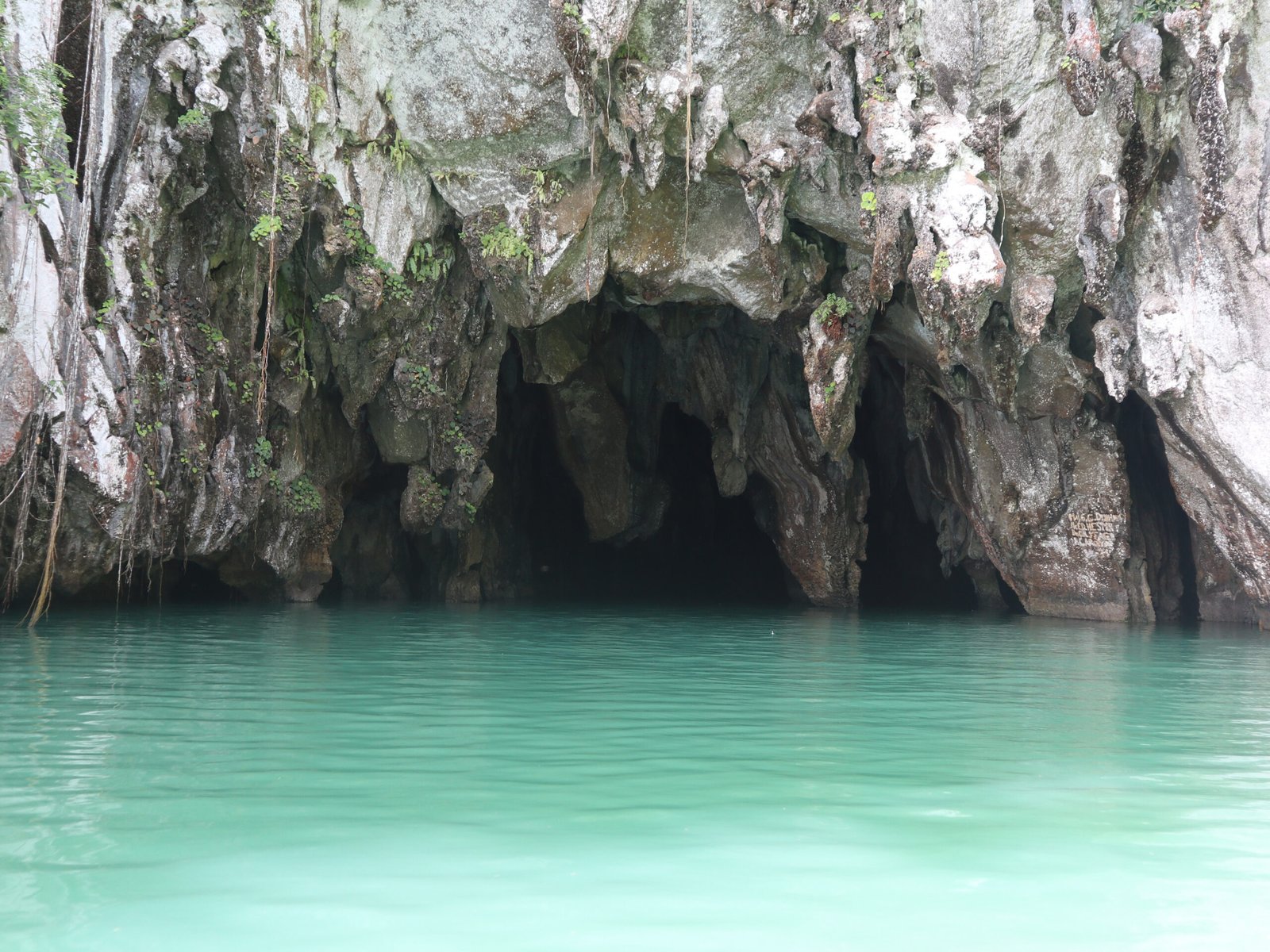
Water is the lifeblood of karst caves. Underground rivers and lakes carve out new chambers and provide a vital resource for the creatures within. The famous Puerto Princesa Underground River, a UNESCO World Heritage site, is just one spectacular example. These waterways are home to unique fish and crustaceans, many adapted to total darkness. The constant flow of water also shapes the cave’s geology, dissolving rock and depositing minerals, creating surreal formations that dazzle explorers.
Stalactites, Stalagmites, and the Language of Stone
Cave formations are more than just beautiful—they tell the story of a cave’s life. Stalactites hang like icicles from the ceiling, while stalagmites rise like ancient pillars from the floor. Each drip of mineral-laden water adds a tiny layer, creating these features over centuries. In the Philippines, some caves boast cathedrals of stone, their silent columns bearing witness to millennia of change. For scientists, studying these formations unlocks secrets about past climates, rainfall, and even ancient earthquakes.
Rare Plants: Life on the Brink
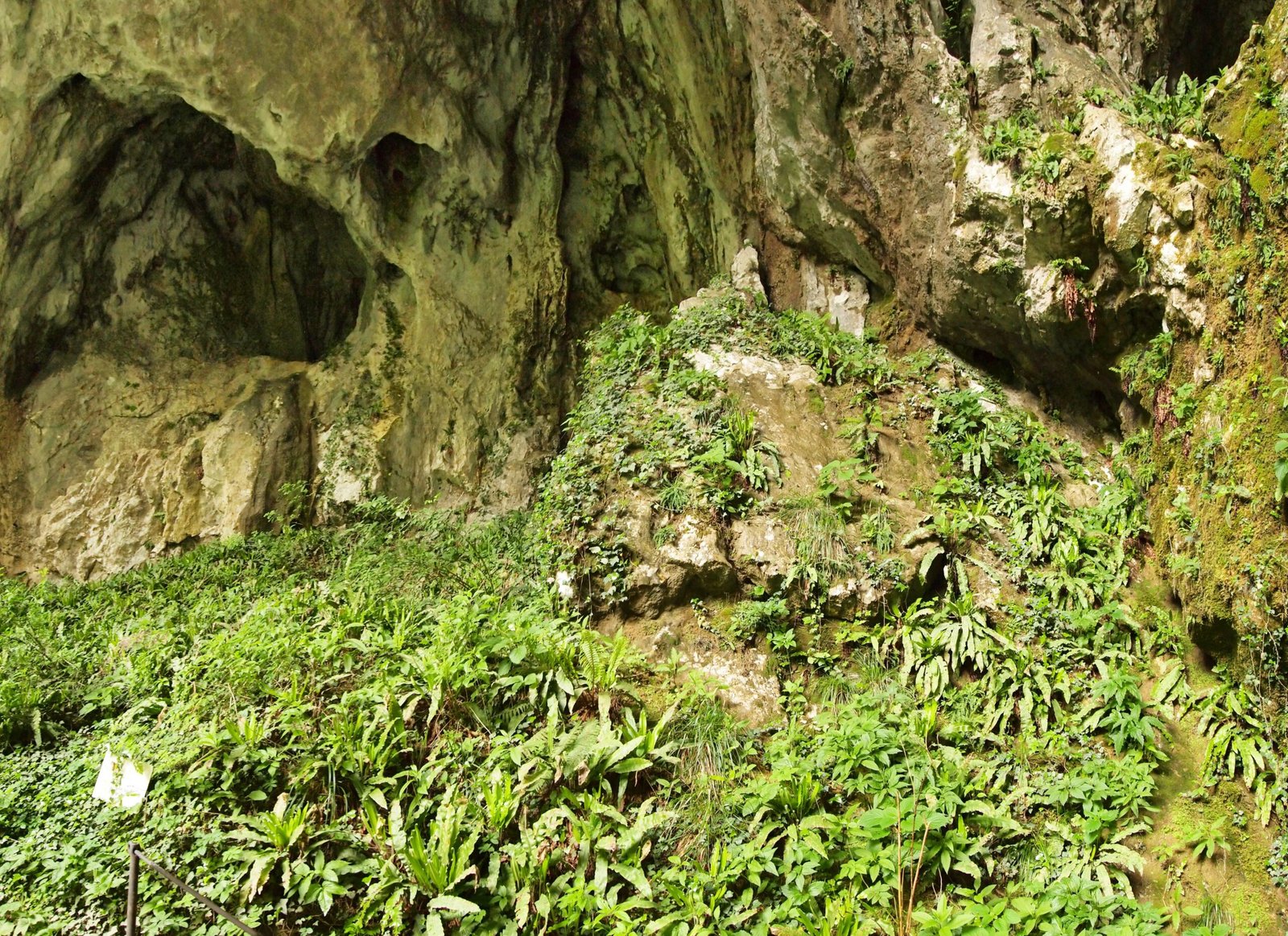
While most plants need sunlight, some have adapted to the dim twilight at cave mouths or the constant moisture near underground streams. Ferns, mosses, and delicate orchids sometimes sprout in these unlikely places. In the Philippines, certain species exist only in cave environments, clinging to life where most would perish. These plants play a crucial role in stabilizing soil and providing food for insects, forming a fragile bridge between the world above and below.
Human History Etched in Stone
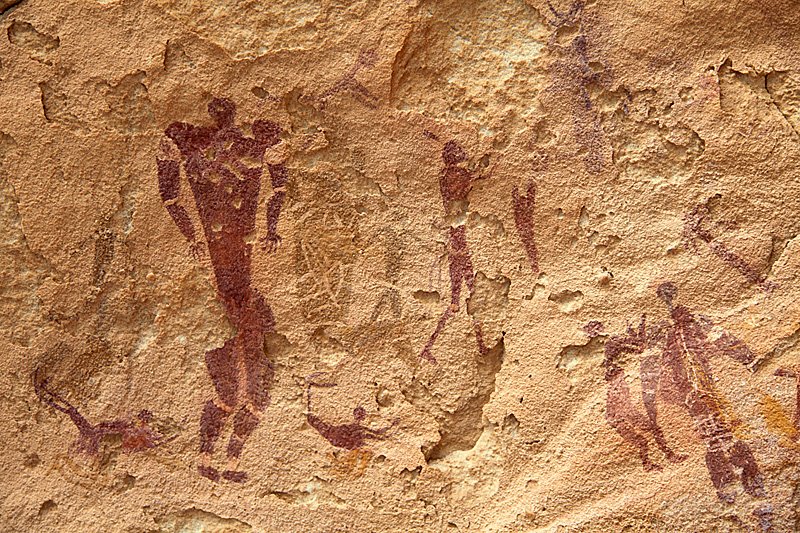
Philippine karst caves are not just natural wonders; they’re also vaults of human history. Ancient peoples once used caves as shelters, burial sites, and places of worship. Archaeologists have found tools, pottery, and even ancient rock art within their depths. These relics reveal a deep connection between humans and the subterranean world, stretching back thousands of years. Exploring these sites offers a glimpse into the lives and beliefs of our ancestors, adding another layer of mystery to the caves.
Threats to the Hidden World
Despite their isolation, Philippine caves face growing threats. Illegal mining, tourism, and pollution have damaged delicate formations and disturbed sensitive wildlife. The extraction of limestone for cement and construction poses a particularly grave danger, sometimes destroying caves before they can even be studied. Poachers target bats and rare reptiles, disrupting fragile food webs. These pressures put both biodiversity and cultural heritage at risk, underscoring the urgent need for protection.
Conservation Efforts: Hope in the Darkness
Hope is not lost. Filipino scientists, conservationists, and local communities are working to protect their underground treasures. Many caves are now recognized as protected areas, and efforts to educate the public about their value are gaining ground. Local guides are being trained to lead responsible tours, while researchers continue to document new species. These efforts not only preserve biodiversity but also inspire pride and stewardship in future generations.
Remarkable Cave Discoveries
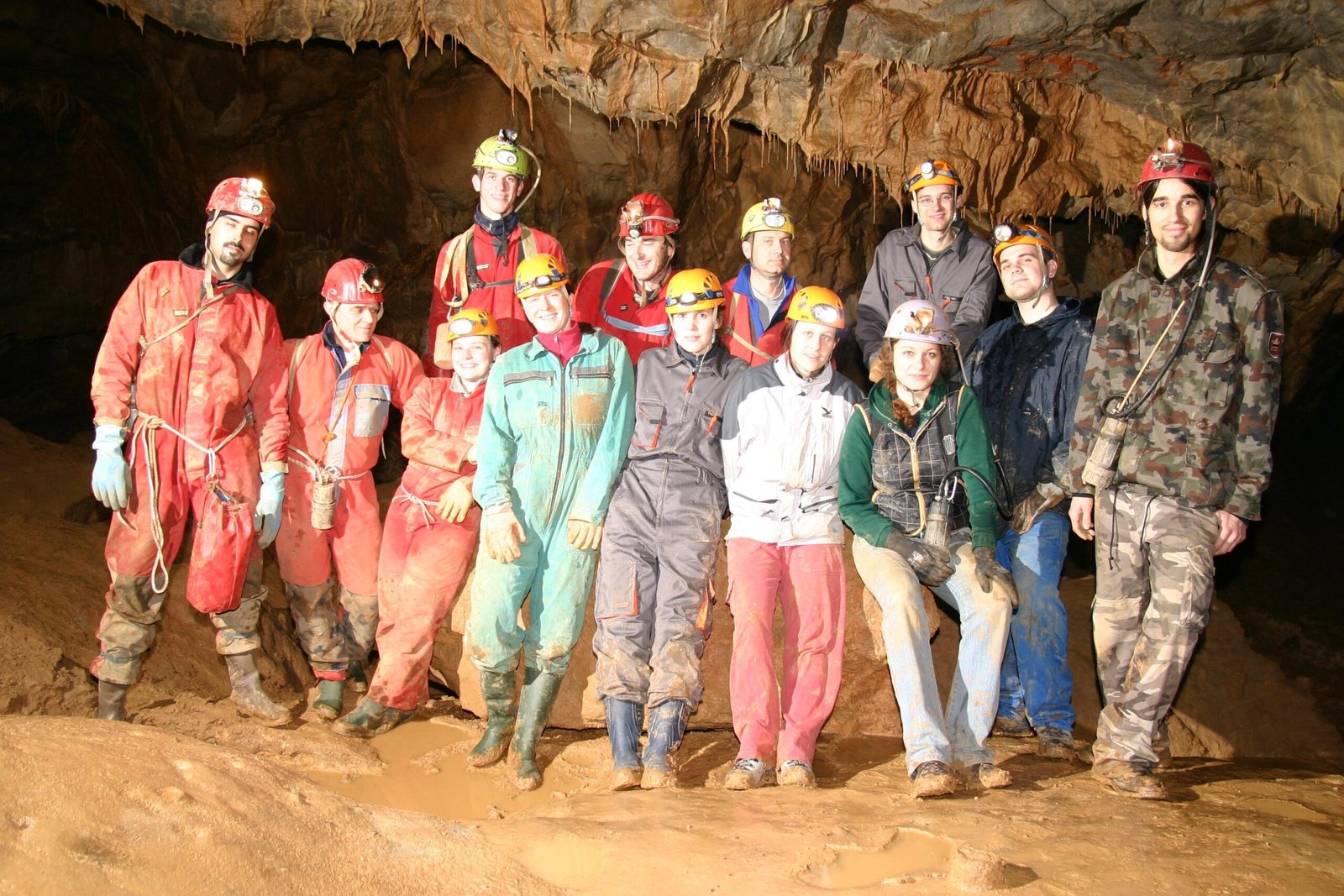
Every year, new discoveries emerge from the Philippine caves. Scientists have recently uncovered new species of spiders, blind fish, and even tiny shrimps living in isolated pools. Sometimes, these finds are so strange they defy easy explanation—a reminder that much of the subterranean world remains unexplored. For biologists and adventurers alike, each discovery fuels the urge to dig deeper, to glimpse what else might lurk in the darkness.
Local Legends and Folklore
Caves have always loomed large in Filipino folklore. Tales of enchanted spirits, hidden treasures, and fearsome creatures abound. Some caves are considered sacred, believed to be the homes of diwatas (nature spirits) or the resting places of ancient kings. These legends add a sense of magic and reverence, shaping how local people relate to the caves. Even today, entering a cave is an act of respect—and sometimes, a little fear.
Tourism: Balancing Adventure and Preservation
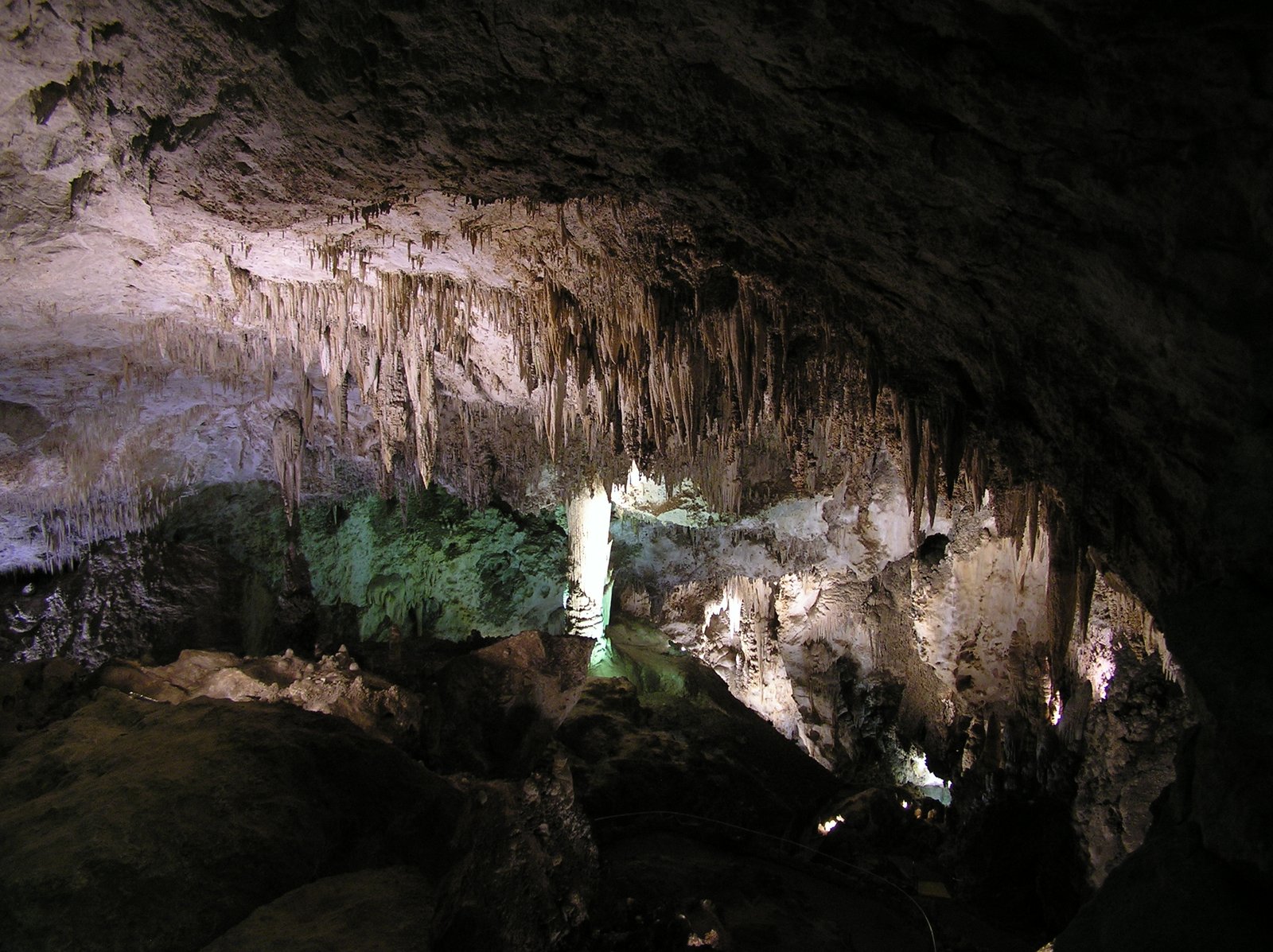
Cave tourism is booming in the Philippines, with sites like Callao Cave and Sumaguing Cave attracting thousands of visitors. While tourism can bring much-needed income to local communities, it also poses risks. Heavy foot traffic can damage fragile formations and disturb wildlife. Sustainable tourism practices—like limiting group sizes, educating visitors, and enforcing strict rules—are essential to protect these treasures for the future.
The Role of Caves in Scientific Research

Philippine caves are living laboratories, offering insights into evolution, climate change, and geology. Scientists study the unique adaptations of cave-dwelling species to understand how life can persist in extreme environments. Stalagmites and stalactites contain chemical clues that reveal past weather patterns, helping researchers predict future changes. Every expedition adds to our understanding of the natural world, making the caves invaluable to science.
Why These Caves Matter
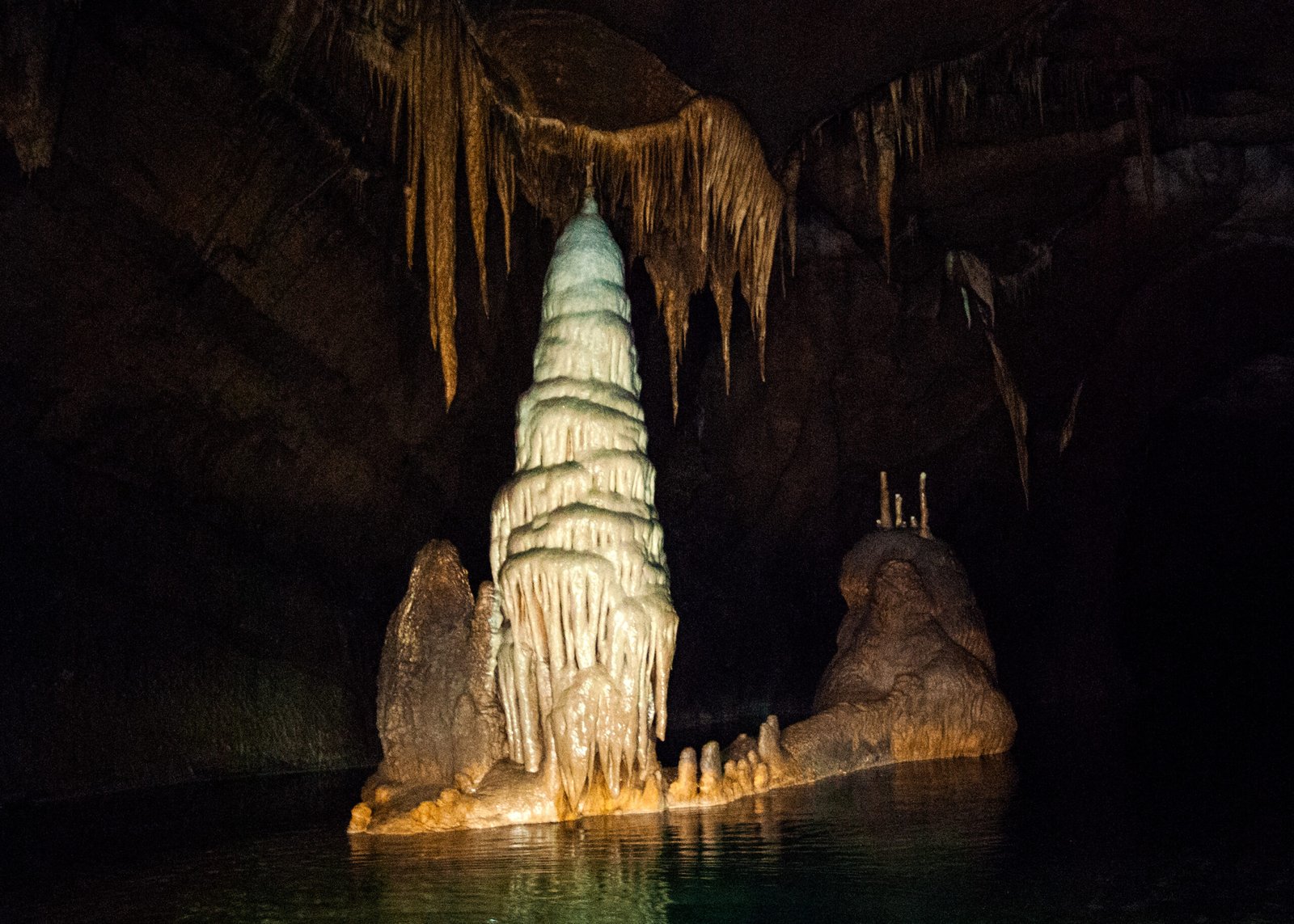
The hidden world of Philippine karst caves is more than a curiosity—it’s a vital part of our planet’s web of life. These ecosystems support rare species, protect water resources, and preserve ancient history. They remind us that even in the darkest places, life finds a way to flourish. The wonders lurking beneath our feet are fragile, irreplaceable, and deserving of awe. Who knows what other secrets these shadowy realms might hold?


